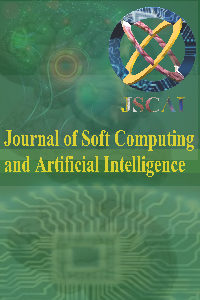
Journal of Soft Computing and Artificial Intelligence
Yazarlar: Mahmut DİRİK
Konular:Mühendislik
Anahtar Kelimeler:Machine Learning,Exchange Rate Prediction,Regression,MLP,SVM,RF,LWL
Özet: Machine learning algorithms have become increasingly popular in recent years for analyzing financial data and predicting the exchange rate system. The aim of this paper was to construct an investment appreciation rate estimation model based on machine learning by estimating the Turkish lira/US dollar exchange rate. The forecasting model was developed using foreign exchange market data, namely the exchange rates in TL and USD at specific periods. The proposed model was estimated using machine learning methods such as Multilayer Perceptron (MLP), Linear Regression (LR), Support Vector Machine (SVM), Random Forest (RF), and Local Weighted Learning (LWL). The model's validity was established using TRY interest rates and the USD exchange rate. The data were analyzed using mean absolute error (MAE), directional accuracy (DA), mean square error (MSE), and root mean square error (RMSE). These metric results show that the proposed model is suitable for both prediction and investment data.